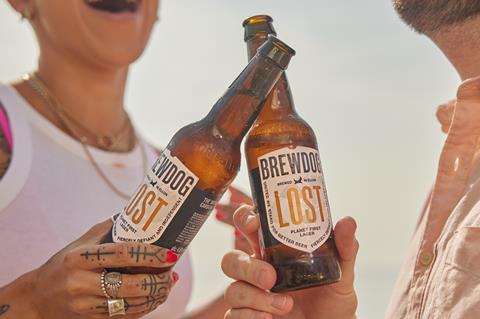
The reveal that BrewDog intends to make lager a central pillar of its bid to become a top four brewer might seem counter-intuitive at first.
After all, this is the brewer that was supposed to show us where our beer drinking habits had gone astray. A champion of hop-forward, modern craft ales that couldn’t be further from the identikit lagers to have dominated Britain’s booze aisles since the 1990s.
“I was completely disillusioned with the mainstream mass-market beers,” said BrewDog founder James Watt in 2005, when asked by The Times why he began brewing. “They are so bland and they have no flavour.”
Even as recently as 2019, Watt was trumpeting the possibility IPA could overtake lager as the biggest beer style in the UK within the next 10-15 years.
So the news that Lost Lager – a solid if uninspiring 4.5% abv German-style pilsner – is the beer BrewDog has earmarked to help fulfil its lofty ambitions in grocery feels a little jarring.
Surely as Britain’s biggest craft brewer, BrewDog has a responsibility to stand up for ales and IPAs against the hegemony of lager and the multinational brewers that have foisted it upon us?
Lager’s domination in beer
Unfortunately, such doe-eyed romanticism ignores the reality of beer consumption in the UK.
Of the £3.6bn of beer sales to go through supermarket tills in the last year, some £2.7bn was attributable to lager [Circana 52 w/e 29 September 2024]. In volumetric terms, lager’s domination was even greater, accounting for 80% of the market. And – as data from NIQ compiled as part of The Grocer’s Top Products Report 2024 will show later this month – every single one of the top 10 biggest beer brands across grocery are lagers.
Brits simply can’t get enough of lager, and any supplier with ambitions to compete with the largest names in beer ignores the style at its peril. BrewDog knows this, and has sought unsuccessfully to crack the segment several times in the past decade.
While early iterations like This. Is. Lager. in 2014 and Kingpin in 2016 may have failed to get off the ground, in Lost Lager it looks like BrewDog finally has a lager capable of competing. Sales of the tipple have grown by 32.4% to £33.5m [NIQ 52 w/e 21 April 2024], while volumes will this year surpass those of Punk IPA, BrewDog says.
Beyond Lost Lager, BrewDog is also betting big on its 3.4% abv Bud Light competitor Cold Beer, and has plans to extend its Wingman sub-brand into lager next year.
What does BrewDog’s lager push mean for craft beer?
The shift in strategy by Britain’s biggest craft brewer paints a worrying picture for the segment. Craft makes up just 3.6% of all beer sales by volume [Circana], and is losing relevance to consumers, who appear to prefer affordability (shown in the resurgence of Bud Light), reliability and drinkability (see Guinness) and brands that are – or purport to be – from the continent (Madrí, Cruzcampo).
However, while BrewDog’s lager turn and recent moves in ale and stout are an acknowledgement it can no longer fulfil its ambitions in craft alone, the supplier isn’t turning its back on the segment entirely. It has high hopes for its Wingman Session IPA, and is planning a renewed push on Punk IPA ahead of the beer’s 18th ‘birthday’ next year.
That’s smart. Punk IPA retails for £6.25 per four-pack in Sainsbury’s, some 51% more than Lost Lager on a per litre basis. It’s a pattern reflected even more starkly in the wider category, where craft beers command an 89.5% price premium over lager [Circana].
So while lager can certainly help BrewDog attract a wider consumer base, ignoring craft is not an option as it continues to pursue the pounds required to overhaul CMBC and outmuscle Diageo and Asahi to become Britain’s fourth-largest brewer.


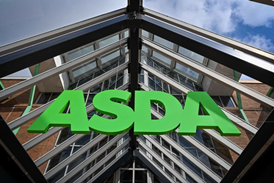
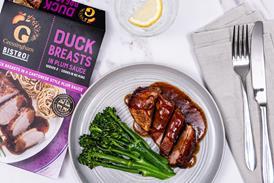
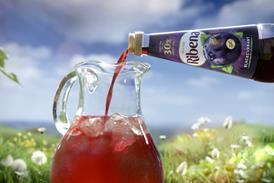
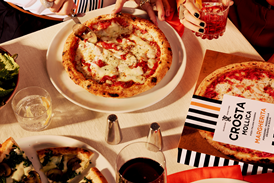
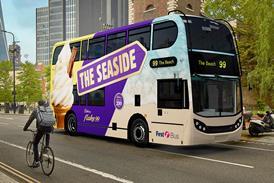



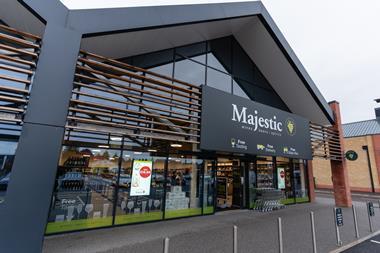

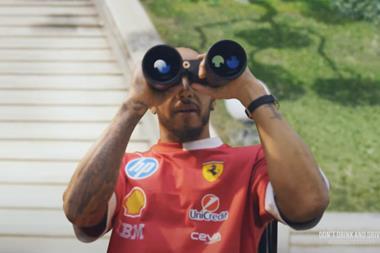


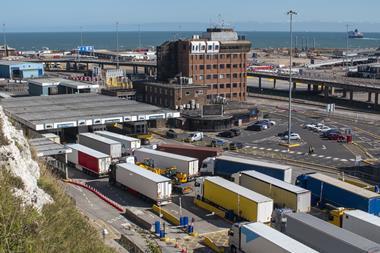
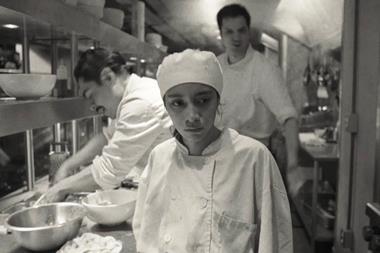
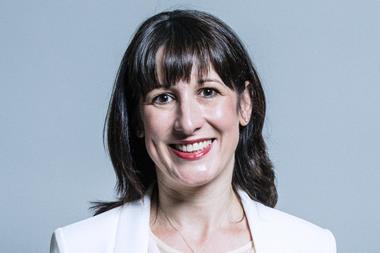
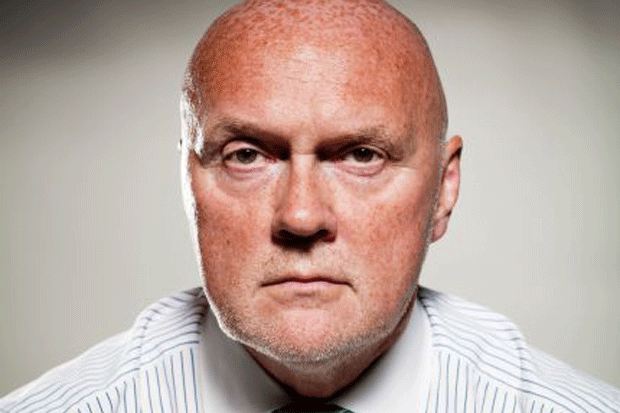
1 Readers' comment